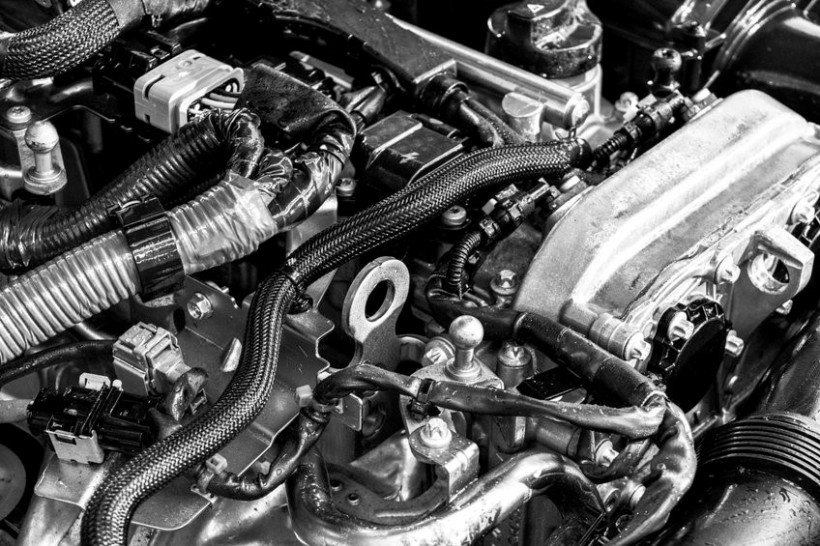The exhaust fumes from cars remain one of the major contributors to the smog in our cities. In this wise, beyond the smog, there are graver dangers when exposed to the carbon monoxide emissions from the exhaust fumes. It is often discussed side by side with carbon monoxide poisoning which has been reported as capable of increasing the death rate in society when left unchecked.
Notably, the danger of these emissions may be so subtle that no one notices them for the longest period of time. Thus, while technological advancement may have created ease of movement around the world via the use of automobiles, there are risks inherent in the system as evident in the multiple pathogens in exhaust fumes. This threat not only negatively impacts human lives but also our environment, the planet earth.
Fortunately, catalytic converters were invented as a remedy to neutralize the harmful substances emitted while minimizing the pollution rate in our environment. You can call it the 'solution' to toxic emissions.
What is a Catalytic Converter ?
A catalytic converter is a device installed into your car's exhaust system to change the toxic or harmful gaseous substances into less harmful pollutants by chemical reactions. In other words, the catalytic converter is incorporated into your car with the aim of reducing the pollution that comes from its use for transportation.
It is pertinent to note that these chemical reactions that occur via the incorporation of a catalytic convertor into your car's exhaust system, are catalyzed. Consequently, there are catalysts installed to facilitate the process. The expected reaction will therefore depend on the type of catalyst installed which may include a block of platinum, rhodium, or palladium.
Nonetheless, before the discussion on how the catalytic converter works starts, credence must be paid to the inventors of the automobile catalytic converter. Hence, although John J. Mooney and Carl Keith worked in collaboration with their colleagues, Antonio Eleazar and Philip Messina at Engelhard in experimenting on a 1973 Volvo station wagon; the invention was patented by Eugene Houdry, a French chemical engineer in the 1950s.
How does a Catalytic Converter work ?
The catalytic converter is often ceramic or metallic in nature with the catalysts used as a coating for the converter device. It has both an input and output pipe as part of its component make-up. The input pipe receives the fumes from the engine while the output pipe sends out the gas. The toxic substance pushed in from the engine passes through the catalyst which splits the molecules into atoms. Thereafter, the atoms are recombined into less harmful substances and sent out through the exhaust pipe. The less harmful substances emitted include carbon dioxide, water, and oxygen among others.
The process may either be two-way oxidation or a three-way oxidation reduction. The former involves a process where carbon monoxide is oxidized to carbon dioxide and the hydrocarbon is oxidized into carbon dioxide and water. It is popularly found in cars with diesel engines. The three-way oxidation-reduction, on the other hand, reduces nitrogen oxide to nitrogen and oxygen; while also oxidizing carbon monoxide to carbon dioxide and oxidizing the hydrocarbons to water and carbon dioxide at the same time. The latter is the most preferred and regulatory-compliant for cars that are powered with gasoline.
What is the average cost of a Catalytic Converter ?
The catalytic converter is known for how much money is expended in getting a replacement. It is one of the most expensive components of your car. You may spend between the range of $800- $3000 to get a replacement depending on your car model. This estimate excludes the diagnostics cost as well as other expenses that may be incurred in the course of fixing your catalytic converter.
The high price of the catalytic converter can be associated with the use of rare metals such as platinum. The cost of platinum per ounce is presently over $1000 while palladium is being sold at over $2,000 per ounce. In addition, the rhodium spot price per ounce is over $12,000.
This explains why the manufacturers use as few rare metals as possible in developing a catalytic converter. The catalytic converters are therefore made in small sizes to cut manufacturing costs. Notwithstanding, it appears to be that more palladium is used in manufacturing catalytic converters than platinum, making it a viable prospect for theft.
People tend to steal the catalytic converter as an easy way to get their hands on a few grams of rare metals. Unfortunately, the catalytic converters do not have specific markings that differentiate each one from the other. Thus, it seems that reducing our dependence on the use of metals is a significant way to curb theft while protecting our environment. It is for this reason individuals advocate for the use of electric vehicles.
Electric vehicles do not emit exhaust fumes and guarantee a safer environment. Nonetheless, pending the popularity of electric vehicles across the streets; it is important that the role of the catalytic converter in environmental hygiene be preserved through continuous tech innovations aimed at enhancing its efficiency. Check out this catalytic converter catalogue for more information.
* This is a contributed article and this content does not necessarily represent the views of sciencetimes.com















